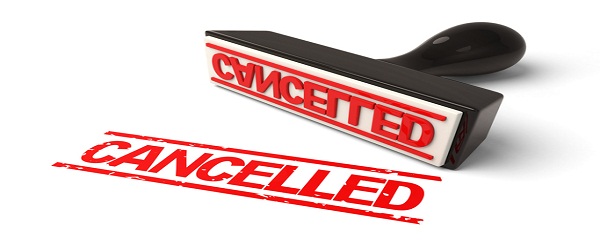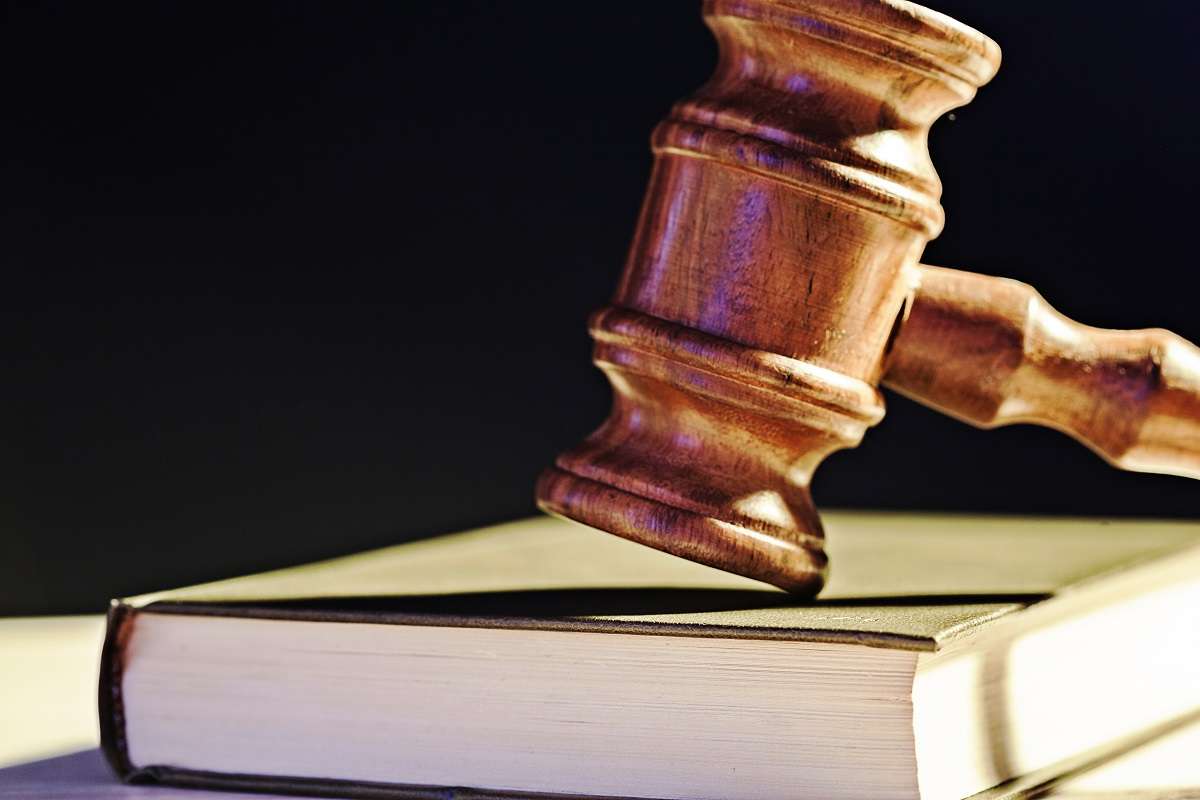The PCT procedure includes:
Filing: you file an international application with a national or regional patent Office or WIPO, complying with the PCT formality requirements, in one language, and you pay one set of fees.
International Search: an “International Searching Authority” (ISA) (one of the world’s major patent Offices) identifies the published patent documents and technical literature (“prior art”) which may have an influence on whether your invention is patentable, and establishes a written opinion on your invention’s potential patentability.
International Publication: as soon as possible after the expiration of 18 months from the earliest filing date, the content of your international application is disclosed to the world.
Supplementary International Search (optional): a second ISA identifies, at your request, published documents which may not have been found by the first ISA which carried out the main search because of the diversity of prior art in different languages and different technical fields.
International Preliminary Examination (optional): one of the ISAs at your request, carries out an additional patentability analysis, usually on an amended version of your application.
National Phase: after the end of
the PCT procedure, usually at 30 months from the earliest filing date of your initial application, from which you claim priority, you start to pursue the grant of your patents directly before the national (or regional) patent Offices of the countries in which you want to obtain them.
FILING
What is the effect of an international patent application?
In general terms, your international patent application, provided that it complies with the minimum requirements for obtaining an international filing date, has the effect of a national patent application (and certain regional patent applications) in or for all PCT Contracting States. Moreover, if you comply with certain formal requirements set out in the Treaty and Regulations, which are binding on all of the PCT Contracting States, subsequent adaptation to varying national (or regional) formal requirements (and the cost associated therewith) will not be necessary.
Who has the right to file an international patent application under the PCT?
You are entitled to file an international patent application if you are a national or resident of a PCT Contracting State. If there are several applicants named in the international application, only one of them needs to comply with this requirement.
Where can I file my international patent application?
You can file an international patent application, in most cases, with your national patent Office, or directly with WIPO if permitted by your State’s national security provisions. Both of those Offices act as PCT “receiving Offices”. If you are a national or resident of a country which is party to the ARIPO Harare Protocol, the OAPI Bangui Agreement, the Eurasian Patent Convention or the European Patent Convention, you may alternatively file your international patent application with the regional patent Office concerned, if permitted by the applicable national law.
Can I file PCT applications electronically?
In the majority of cases, applicants file PCT applications electronically. You can file PCT applications electronically with any competent receiving Offices which accepts such filings. Preparing the PCT application using the WIPO web service (ePCT-filing) or the software provided by WIPO (PCT-SAFE) helps you to prepare your applications by automatically validating the entered data and drawing your attention to incorrectly or inconsistently completed parts. Moreover, it helps you to manage your applications, for example, with monitoring time limits for relevant actions. You are also entitled to certain PCT fee reductions when filing electronically.
What are the costs associated with the filing and processing of an international application under the PCT? What are the costs for entering the national phase?
PCT applicants generally pay three types of fees when they file their international applications:
(a) an international filing fee of 1,330 Swiss francs2,
(b) a search fee which can vary from approximately 150 to 2,000 Swiss francs2 depending on the ISA chosen, and
(c) a small transmittal fee which varies depending on the receiving Office.
Because an international patent application is effective in all PCT Contracting States, you do not incur, at this stage in the procedure, the costs that would arise if you prepared and filed separate applications at national and regional Offices. Further information about PCT fees can be obtained from the receiving Offices, the Fee Tables, the PCT Applicant’s Guide and the PCT Newsletter.
The fees you will need to pay as you enter the national phase represent the most significant pre-grant costs. They can include fees for translations of your application, national (or regional) Office filing fees and fees for acquiring the services of local patent agents or attorneys. In several Offices however, national filing fees are lower for international patent applications than they are for direct national applications in recognition of the work already done during the international phase. You should also remember that in the case of all granted patents, whether or not the PCT is used to obtain them, you will need to pay maintenance fees in each country in order to keep the patents alive.
Are there any fee reductions available under the PCT?
PCT fee reductions are available to all applicants who file electronically, based on the type of filing and the format of the application submitted.
In addition, to encourage the use of the PCT System by applicants from developing countries fee reductions of 90% for certain fees, including the international filing fee, are available to natural persons.3 This same 90% reduction applies to any person, whether a natural person or not, who is a national of and resides in a State that is classed as a least developed country by the United Nations. If there are several applicants, each must satisfy those criteria.
Some ISAs also provide for a reduction of the international search fee if the applicant or applicants are nationals or residents from certain countries (see Annex D of the PCT Applicant’s Guide).
Some national or regional Offices provide for fee reductions for natural persons, universities, not-for-profit research institutes and small and medium-sized enterprises (SMEs) for the fees you will need to pay as you enter the national phase (see respective National Chapters of the PCT Applicant’s Guide).
How long does the PCT process take?
You have, in most cases, up to an additional 18 months from the time you file your international patent application (or usually 30 months from the filing date of the initial patent application of which you claim priority before you have to begin the national phase procedures with individual patent Offices and to fulfill the national requirements.
This additional time can be useful for evaluating the chances of obtaining patents and exploiting your invention commercially in the countries in which you plan to pursue patent protection, and for assessing both the technical value of your invention and the continued need for protection in those countries.
It is important to note, however, that you do not have to wait for the expiration of 30 months from the earliest filing date of your patent application (“priority date”) before you enter the national phase – you can always request an early entry into the national phase.
Since, in the national phase, each patent Office is responsible for examining your application in accordance with national or regional patent laws, regulations and practices, the time required for the examination and grant of a patent varies across patent Offices.
What does it mean to “claim priority” of an earlier patent application?
Generally, patent applicants who wish to protect their invention in more than one country usually first file a national or regional patent application with their national or regional patent Office, and within 12 months from the filing date of that first application (a time limit set in the Paris Convention, they file their international application under the PCT.
The effect of claiming the priority of an earlier patent application is that a patent shall not be invalidated by reasons of any acts accomplished in the interval, such as another filing, the publication or sale of the invention.
In what languages can an international patent application be filed?
You can file an international patent application in any language which the receiving Office accepts. If you file your application in a language which is not accepted by the ISA that is to carry out the international search, you will be required to furnish a translation of the application for the purposes of international search. Receiving Offices are, however, obliged to accept filings in at least one language which is both a language accepted by the competent ISA that is to carry out the international search and a “publication language”, that is, one of the languages in which international patent applications are published (Arabic, Chinese, English, French, German, Japanese, Korean, Portuguese, Russian and Spanish). You therefore always have the option of filing your international patent application in at least one language from which no translation is required for either
PCT international search or publication purposes.
INTERNATIONAL SEARCH
Which Office will carry out the international search of my PCT application?
The following have been appointed by the PCT Contracting States as International Searching Authorities (ISAs): the national Offices of Australia, Austria, Brazil, Canada, China, Chile, Egypt, Finland, India, Israel, Japan, the Republic of Korea, the Russian Federation, Spain, Sweden, Ukraine4 and the United States of America, and the following regional Offices, the European Patent Office and the Nordic Patent Institute. The availability of a particular ISA to the nationals or residents of a country is determined by the receiving Office where the international application was filed. Some receiving Offices provide a choice of more than one competent ISA. If your receiving Office is one of those, you can choose any one of them, taking into account differing requirements relating to language, fees, etc..
What is a PCT international search?
A PCT international search is a high quality search of the relevant patent documents and other technical literature in those languages in which most patent applications are filed (Chinese, English, German and Japanese, and in certain cases, French, Korean, Russian and Spanish). The high quality of the search is assured by the standards prescribed in the PCT for the documentation to be consulted, and by the qualified staff and uniform search methods of the ISAs, which are all experienced patent Offices. The results are published in an international search report and a written opinion of the ISA on the potential patentability of your invention.
What is an international search report?
The international search report consists mainly of a listing of references to published patent documents and technical journal articles which might affect the patentability of the invention disclosed in the international application. The report contains indications for each of the documents listed as to their possible relevance to the critical patentability questions of novelty and inventive step (non-obviousness). Together with the search report, the ISA prepares a written opinion on patentability, which will give you a detailed analysis of the potential patentability of your invention. The international search report and the written opinion are sent to you by the ISA.
What is the value of the international search report?
The report enables you to evaluate your chances of obtaining patents in PCT Contracting States. An international search report which is favorable, that is, in which the documents (prior art) cited would appear not to prevent the grant of a patent, assists you in the further processing of your application in those countries in which you wish to obtain protection. If a search report is unfavorable (for example, if it lists documents which challenge the novelty and/or inventive step of your invention), you have the opportunity to amend the claims in your international patent application (to better distinguish your invention from those documents), and have them published, or to withdraw the application before it is published.
Will an international search be carried out for all international applications?
As a rule, an international search is carried out for all international applications. There are instances, however, where the ISA will not be able to carry out a search. For example, where the international application relates to subject matter which the ISA is not required to search or if the description, claims or drawings are not sufficiently clear for it to carry out a meaningful search. In such cases, the ISA will issue a declaration that no international search report will be issued.
There are also circumstances where the ISA will issue a partial search report. This can occur when, in the view of the ISA, the international application contains multiple inventions but the applicant has not paid additional search fees to cover the work required to search those additional invention(s).
What is the written opinion of the International Searching Authority?
For every international application, the ISA will establish, at the same time that it establishes the international search report, a preliminary and non-binding opinion on whether the invention appears to meet the patentability criteria in light of the search report results. The written opinion, which is sent to you together with the international search report, helps you understand and interpret the results of the search report with specific reference to the text of your international application, being of special help to you in evaluating your chances of obtaining a patent. The written opinion is made available to the public at the same time as the application.
SUPPLEMENTARY INTERNATIONAL SEARCH
What is the PCT supplementary international search?
Supplementary international search permits the applicant to request, in addition to the international search (the “main international search”), one or more supplementary international searches each to be carried out by an ISA other than the ISA which carried out the main international search. The additional search has the potential of reducing the risk of new patent documents and other technical literature being discovered in the national phase since, by requesting supplementary search the applicant can enlarge the linguistic and/or technical scope of the documentation searched.
What is the supplementary international search report?
The supplementary international search report is generally similar in content and appearance to the main international search report; it contains a listing of references to patent documents and other technical literature which may affect the patentability of the invention claimed in the international application. However, it does not repeat documents which have already been cited in the international search report, unless this is necessary because of new relevance when read in conjunction with other documents discovered during the supplementary international search. On occasion, the supplementary international search report may contain more detailed explanations than those in the main international search report. This is due to the fact that, unlike the main international search, no written opinion is established with the supplementary international search report, and these additional details are helpful for a full understanding of the references listed.
INTERNATIONAL PUBLICATION
What does international publication under the PCT consist of?
WIPO publishes the international application shortly after the expiration of 18 months from the priority date (if it has not been withdrawn earlier), together with the international search report. PCT international applications are published online on PATENTSCOPE, a powerful, fully searchable database with flexible, multilingual interfaces and translation tools to assist users and the public in understanding the content of published applications..
Can third parties access documents contained in the file of the international application? If so, when?
Until international publication (18 months after the priority date), no third party is allowed access to your international application unless you as applicant request or authorize it. If you wish to withdraw your application (and you do so before international publication), international publication does not take place and, as a consequence, no access by third parties is permitted. However, when international publication occurs, certain documents in the international application file are made available on PATENTSCOPE together with the published international application, for example, the written opinion of the ISA and any informal comments on the written opinion.
INTERNATIONAL PRELIMINARY EXAMINATION
What is international preliminary examination?
International preliminary examination is a second evaluation of the potential patentability of the invention, using the same standards on which the written opinion of the ISA was based. If you wish to make amendments to your international application in order to overcome documents identified in the international search report and conclusions made in the written opinion of the ISA, international preliminary examination provides the only possibility to actively participate in the examination process and potentially influence the findings of the examiner before entering the national phase – you can submit amendments and arguments and are entitled to an interview with the examiner. At the end of the procedure, an international preliminary report on patentability will be issued.
The International Preliminary Examining Authorities (IPEAs) which carry out the international preliminary examination are the ISAs mentioned above. For a given PCT application, there may be one or more competent IPEAs; your receiving Office can supply details or you may consult the PCT Applicant’s Guide and the PCT Newsletter.
What is the value of the international preliminary report on patentability?
The IPRP (Chapter II) which is provided to you, to WIPO and to the national (or regional) patent Offices, consists of an opinion on the compliance with the international patentability criteria of each of the claims which have been searched. It provides you with an even stronger basis on which to evaluate your chances of obtaining patents, in most cases on an amended application, and, if the report is favorable, a stronger basis on which to continue with your application before the national and regional patent Offices. The decision on the granting of a patent remains the responsibility of each of the national or regional Offices in which you enter the national phase; the IPRP (Chapter II) should be considered by the Offices but is not binding on them.
NATIONAL PHASE
It is only after you have decided
How do I enter the national phase?
whether, and in respect of which States, you wish to proceed further with your international application that you must fulfill the requirements for entry into the national phase. These requirements include paying national fees and, in some cases, filing translations of the application. These steps must be taken, in relation to the majority of PCT Contracting States’ patent Offices, before the end of the 30th month from the priority date. There may also be other requirements in connection with the entry into the national phase – for example, the appointment of local agents. More general information on national phase entry can be found in the PCT Applicant’s Guide, National Phase, and specific information concerning fees and national requirements can be found in the national chapters for each PCT Contracting State in the same Guide.
What happens to my application in the national phase?
Once you have entered the national phase, the national or regional patent Offices concerned begin the process of determining whether they will grant you a patent. Any examination which these Offices may undertake should be made easier by the PCT international search report and the written opinion and even more by an international preliminary examination report.























.jpg)
.jpg)
.jpg)
.jpg)